I was going to write about electric vehicle (EV) devotees’ complaints about EV “FUD” (fear, uncertainty and doubt) which they call “the preferred weapons of the fossil fuel industry’s army of PR specialists, tools in delaying action on climate change solutions.”
They’re not wrong, but with EV proponents using their own FUD to justify banning mere mention of ethanol in clean fuels discussions, delaying a proven climate change solution out of fear drivers might choose ethanol over EVs, I wanted to explain the strange joy I get hearing their ironic whining over tasting their own medicine.
But when American Fuel and Petrochemical Manufacturers (AFPM) dropped some new FUD on EPA likely allowing removal of the summer 1-pound Reid vapor pressure (RVP) waiver in eight states wanting year-round E15, corrections needed to be made. In addition to their standard “higher prices” prediction, AFPM claimed E10 wouldn’t be sold in those states after the change, because it wouldn’t meet the RVP requirement.
Now, AFPM always carefully builds its BS around a peanut of truth, and summer gasoline would have to change if there is no waiver. But the only way E10 couldn’t be made with low-RVP E15 blendstock is if the gas was lower octane to take advantage of the extra ethanol octane in E15 – which would cost less, not more.
A specialized blendstock meeting new summer RVP requirements for 15 weeks in eight Midwest states could be expensive. It also wouldn’t be smart, since refiners already make a billion barrels a year of blendstock meeting the proposed RVP requirements, and it’s already sold – in both E15 and E10 – in the largest cities in three of the eight states.
You know it as RBOB, the base fuel in 30 percent of U.S. gasoline. A different BOB would only make sense if it cost less, not more. RBOB may be cleaner than the eight states require, but just as refiners grumbled about giving away octane for decades by adding ethanol to 87-octane regular gas to make 89-octane E10, they knew building a blendstock for the small U.S. E10 volume would cost more than utilizing the regular gas they already made. As E10 became the country’s primary fuel, refiners shifted to producing 84-octane “V-grade,” increasing yield per barrel and reducing octane additive costs by taking advantage of ethanol’s octane. Refiners know RBOB works for E15 and E10, but by blending in fear, uncertainty and doubt, and rebranding it something like MWBOB, they hope the price will be higher.





